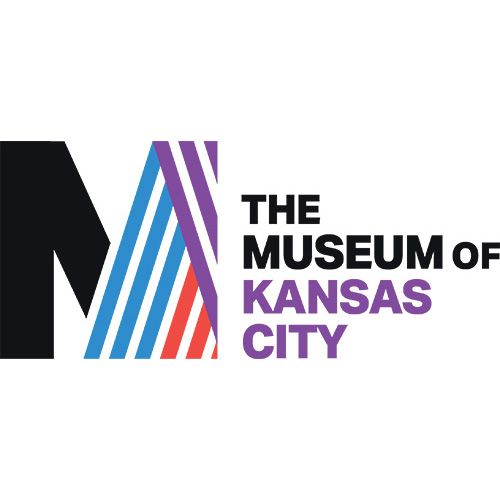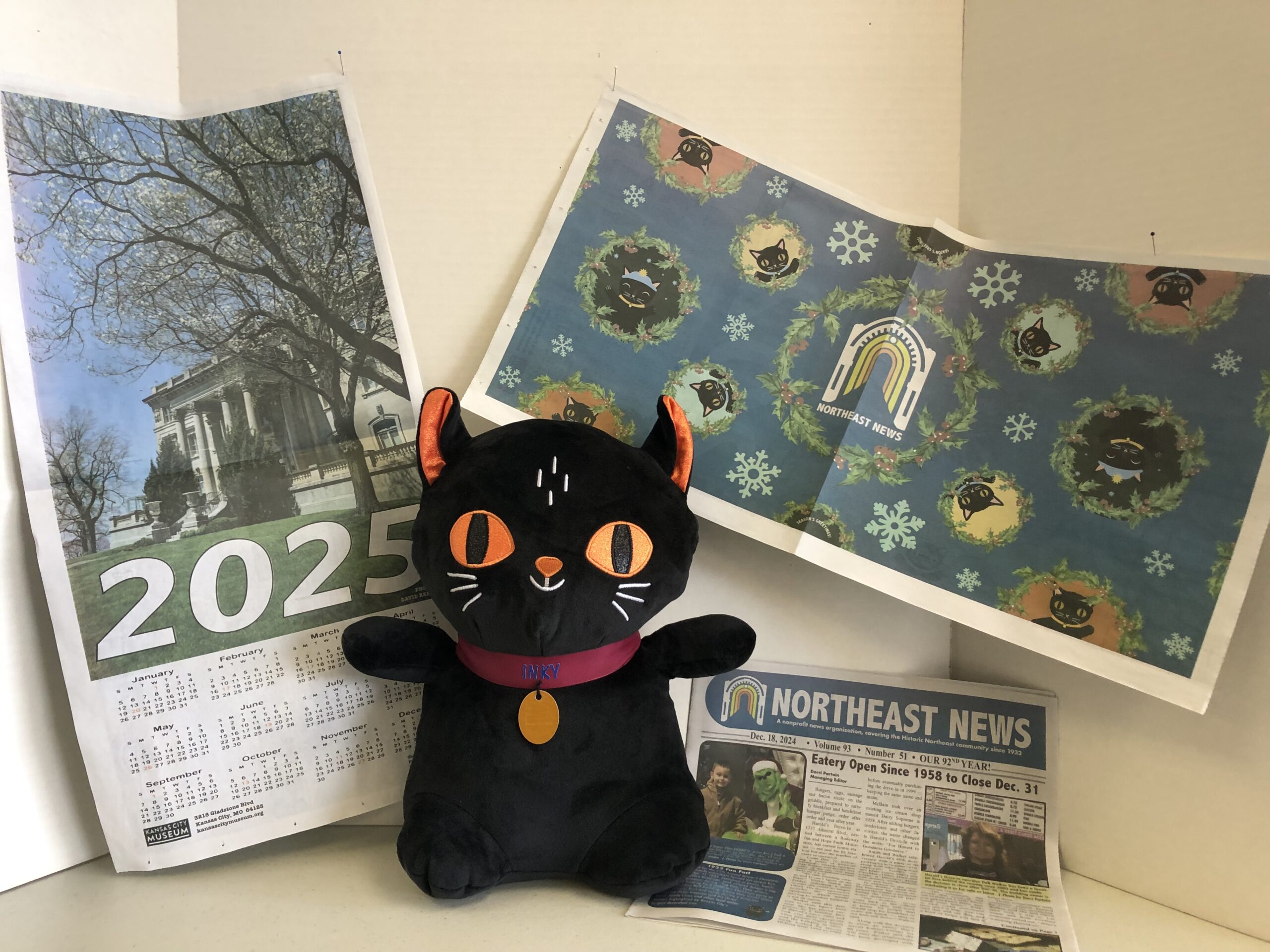
Nikki Lansford
Editorial Assistant
In honor of Black History Month, Kansas City organizations and historians have teamed up to create a virtual resource to learn about Black Kansas Citians who became a crucial piece of the city’s history, the African American Heritage Trail of Kansas City.
The trail, which highlights prominent landmarks and people of Black history throughout the city, is virtual because of the number of landmarks and the distance between them. Due to the inability to walk the trail in its entirety, for convenience a website has been created for people to digitally visit each location. The website can be accessed at aahtkc.org.
The website is simple to navigate and consists of a map which displays pinpoints to significant locations and people throughout the greater Kansas City area. Clicking on any of the 99 pinpoints will take explorers to a description of the selected place and explain its importance to the area. For those who wish to explore in person, maps will guide them to neighborhoods and clusters of sites where they can create their own trail experience, for example, the 18th and Vine District.
One notable site on the trail that is iconic to Kansas City but whose history remains largely unknown is the Gem Theater, built in 1912 as a silent movie palace serving Kansas City’s African American population. Another is the Green Duck Tavern, which held meetings for a political club known as Freedom Inc., which was established to give Black voters more political power.
Near Northeast at 9th and the Paseo Boulevard, a section of 10th Street between The Paseo and Woodland Avenue is named for great female jazz musician Mary Lou Williams. She was a piano prodigy who became a professional performer in her teens, shattering barriers in the male-dominated jazz scene with her talents as a soloist, composer and arranger. She moved to Kansas City in the late 1920s with her husband.
Nearby at 12th and Euclid, the Rector Mansion was home to Sarah Rector Campbell Crawford, known as “the first Black female millionaire to live in Kansas City.” Oil was found on 12-year-old Rector’s land in Oklahoma, and at age 20, Rector married Kansas City businessman Kenneth Campbell and had three sons. She and her family were recognized as local celebrities and entertained guests such as Duke Ellington and Count Basie in the home. Unfortunately, Rector lost a majority of her wealth during The Great Depression and moved out of her mansion on 12th Street. United Inner-City Services (UICS) has been working to restore the Rector Mansion in hopes of preserving her legacy.
The site, which officially launched back in February of last year, took a little over a year from start to finish to create, said Brad Wolf, Kansas City’s Historic Preservation Officer. A grant was given by the State Historic Preservation Office to create the trail, which helped with the layout and digital format.
Wolf said the sites selected for the trail were predominantly chosen from community input. Before the trail’s website was launched, meetings were held to capture from the public what locations they wanted to see recognized or learn more about.
“There are some important historic sites that are already formally listed on the National Register of Historic Places, but there are a lot that aren’t,” Wolf said. “So, we asked [the community] what’s important to them.”
After the sites were officially selected, not only did Wolf and his staff help with writing the descriptions for them, but many others did, as well. Students at the University of Missouri – Kansas City (UMKC) were among those who contributed to the collaborative project, Wolf said. One of the classes in the Public History Emphasis at the school had its students write several of the site descriptions as part of their student project.
Wolf and his team have partnered with several other groups and organizations for the Heritage Trail project, including Northeast’s own Kansas City Museum.
“We were involved, along with many other partners, to brainstorm about what could be included on the trail,” said Anna Marie Tutera, Executive Director of the Kansas City Museum.
The collaboration on this project does not stop there; the Black Archives of Mid-America have been tasked with hosting the website. The organization is in charge of keeping the website up to date. This includes updating the events page, which informs its viewers of upcoming events that pertain to Black culture and history.
The digital trail is continuously being updated with new locations, too. People are encouraged to submit new sites they would like to see added onto the trail’s digital platform. Wolf said it depends on the amount of detail provided in the submission on whether the site can be added to the website quickly.
“I think we had over 200 suggestions from the public for sites,” Wolf said. “Unfortunately, some of them were just names. That’s not necessarily enough detail to put on the trail because we actually write up the ‘why.’”
While the virtual platform has benefitted those interested in expanding their knowledge of local and Black history, the future of Trail includes making it into more of a physical entity, and not solely a digital one. Wolf said the hope is to raise money to have physical markers made for the locations on the trail, or possibly have people create their own for each site. For now, though, the trail will remain purely virtual.
Wolf said the trail is important because it highlights a part of history that was once lost. Unlike many buildings that are recognized as being historically significant to the city due to their recognizable and unique façade, this trail features many places that upon first glance, do not appear to be historically significant places. Wolf said he himself could not identify many of them without the help of the public.
“One of the biggest issues we have is just basic identification, so we really needed the community to identify these sites,” Wolf said.
The African American Heritage Trail has turned into a massive collaborative effort between not only many organizations in the Kansas City area, but local residents, as well. Due to the community’s strong support and research contributions, the Trail is able to highlight pieces of Black history that may have otherwise been lost.
Those looking to contribute or suggest a site can do so at KCHP@kcmo.org or at aahtkc.org.
















